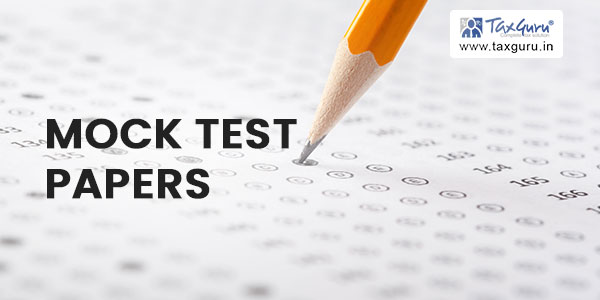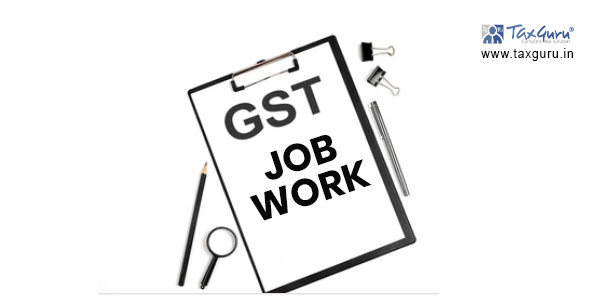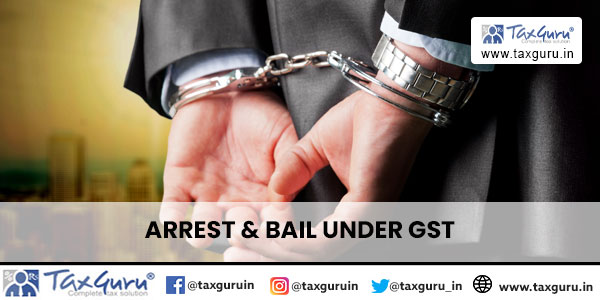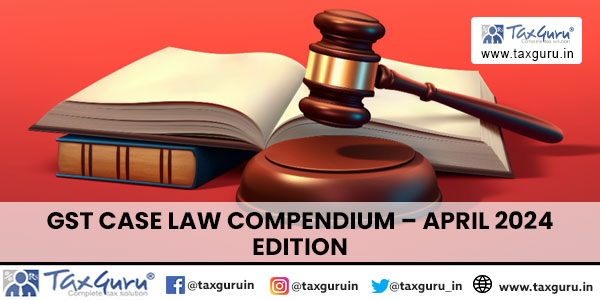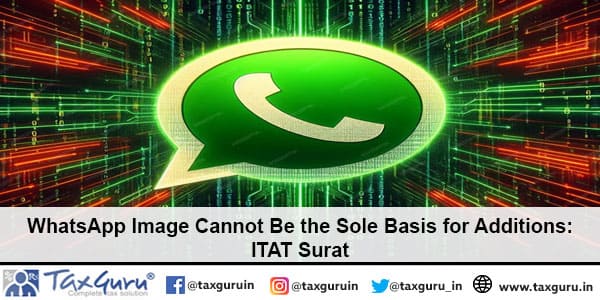With the introduction of GST, it is evident that the telecom industry is due for a momentous overhaul given the mammoth volume of subscriber connections, value added services offered and the revenue generated from this sector. Let us decipher the repercussions of GST on telecom industry:
Departure from the concept of MRP –
Currently, selling agents/distributors of recharge vouchers are exempt from service tax as per Mega exemption Notification No. 25/2012 dated 20 June 2012. Liability to pay service tax on MRP (which includes the agents’s margin) is on the telecom company. However as per Model GST Law, in the absence of MRP based valuation, it appears that each leg of sale of SIM, RCV etc would get taxed on the transaction value provided the distributors are not below the threshold limit. Nevertheless, there will be seamless credit of GST down the line but the determination of transaction value for taxation of stock transfer is expected to be a tedious task.
Unavailed cenvat credit relating to one time charges for spectrum assignment-
Presently, cenvat credit for service tax paid on one time charges for assignment of right to use any natural resources is spread equally over a period of three years as per the CCR, 2004. The Model GST Law does not envisages any mechanism for carry forward of such unavailed credit prior to the date of introduction of GST. The same is critical so that the humongous unavailed credit is not lapsed.
Eligibility to claim credit for passive Infrastructure-
As per clause (c) of sub section (9) of section 16 of Model GST Law, Input tax credit shall not be available in respect of goods/services acquired in the execution of works contract where such works contract results in construction of immovable property, other than P&M.
Currently telcos have been taking the credit of inputs and CG’s other than which are in the nature of immovable goods and are non-marketable and non -excisable as per Rule 2(k) of CCR,2004
(Case Ref: H.C: Bharti Airtel Ltd v/s CCE)
Under GST, there is an ambiguity if such credits will be allowed or denied.
Tax on FOC supplies used for Marketing and Promotion
Telcos normally supply M& P material to D&A on FOC basis. Since there is no flow of consideration from distributor to telco, transaction is not liable to tax as sale of goods.
Under the GST, supplies made by one taxable person to another taxable person without consideration attracts GST of which the credit would be available to D&A. This will be crippling for telcos as the cash outflow will increase to a large extent.
Equally fundamental is the dual taxation when the D&A provides the services to the telcos which will again attract GST.
ISD Mechanism to be extended for goods as well
Telcos incur huge costs such as advertising, R&D, legal expenses that are borne by H.O. Under service tax, input tax credit availed for the same is then distributed using ISD mechanism to different states. But under the GST regime, ISD mechanism should be extended not only for input services but also for inputs and capital goods used for provision of telecom services.
Transitional provisions:
Currently telcos are not entitled to avail the credit of VAT, entry tax, SAD paid on purchase of goods. The model law restricts the carry forward which are eligible under both present and GST regime. It will be critical to know the impact of the credit of taxes paid on inputs and capital goods lying in stock immediately prior to the implementation of GST even though such goods continue to be used under GST regime.
Centralised registration:
Model GST envisages every service provider to obtain registration in each state/UT from which it provides services. This may lead to massive compliance issues and potential credit blockages in each state. For instance if a particular state has huge ITC balance but no output liability to utilise the same, it is imperative that telcos be allowed to obtain single PAN India registration and seamless interstate transfer of credits be allowed.
Sale of sim whether to be considered as goods or services:
Presently, sim is the property of the telco and the same is never sold. Only the right to receive telecom services is transferred by the telcos down the line. It is considered as service on activation by the end customer and ST is applicable on the value of SIM cards as per the Supreme Court Judgement of Idea Mobile Communication Ltd.
Under the GST regime, it will be considered as supply and will be liable to GST. Furthermore what will be the POS i.e when telcos sell to D&A’s or sale to final customer or activation and which state will be entitled for credit will still remain a burning issue.
Rate of tax and uniformity:
Currently the rate of service tax including cesses is 15%, however if GST rates is estimated above the same it would have a direct impact on the increase in the cost for the subscribers. Telocs may find it indeed difficult to pass increased burden of taxes to end customers belonging in lower ARPU ( Average revenue per user) prepaid segment.
Another key area is the uniformity of rates in the state especially for telecom circles which cover more than one state. For instance, if Delhi TRAI circle covers Noida and Gurgaon though they are different states, a prepaid user’s talk time may vary within Delhi depending on his actual location. This will lead to pricing issues and rise in customer complaints.
Rates should be such which would yield the same revenue as collected from various states which will be subsumed in GST i.e. it should be “revenue neutral rates”.
Petroleum products kept out of GST:
Telecom towers run on diesel i.e. DG sets, electricity and lithium cell batteries. If the petroleum products continue to remain out of GST, it will lead to increase in the overall tax cost and become an additional burden for the telcos.
Ambiguity over Place of Supply as per Model GST:
As per section 6(12) of Model GST Law,
The place of supply of telecommunication services including data transfer, broadcasting, cable and direct to home television services to any person shall—
(a) in case of services by way of fixed telecommunication line, leased circuits, internet leased circuit, cable or dish antenna, be the location where the telecommunication line, leased circuit or cable connection or dish antenna is installed for receipt of services;
Ambiguity: Whether POS should be the place where lease line installation is initiated or terminated.
(b) in case of mobile connection for telecommunication and internet services provided on post-paid basis, be the location of billing address of the recipient of services on record of the supplier of services;
No ambiguity as such
(c) in cases where mobile connection for telecommunication and internet service are provided on pre-payment through a voucher or any other means, be the location where such pre-payment is received or such vouchers are sold:
Provided that if such pre-paid service is availed or the recharge is made through internet banking or other electronic mode of payment, the location of the recipient of services on record of the supplier of services shall be the place of supply of such service.
Ambiguity: What will be the POS if vouchers are sold or recharge is done in state of Rajasthan for a prepaid subscriber registered in the state of Maharashtra.
Valuation/pricing issues in case of stock transfer:
In case of supplies from one state registration to another state registration of the same legal entity will lead to litigation in the valuation of such supplies for capturing IGST.
It will be all the more difficult in cases where TRAI circle are not aligned with the states. For instance self supply within the same circle is not presently liable to ST. However if the same self supply within the same circle covers two states, determination of valuation and taxation will be fraught with complexity.
Mobile wallet-
As per section 2 (100) of Model GST, telecommunication service” means service of any description (including electronic mail, voice mail, data services, audio text services, video text services, radio paging and cellular mobile telephone services) which is made available to users by means of any transmission or reception of signs, signals, writing, images and sounds or intelligence of any nature, by wire, radio, visual or other electro-magnetic.
However, the impact of taxability for mobile wallet services remains vague as per the above definition under the GST regime.
Inter connect usage charges– These are the charges paid by telcos to each other for usage of each other’s networks currently coming under the ambit of ST.
Under GST, the same will be subject to GST including self supplies For instance when the charge is recovered from other telecom Circle in respect of other telco Circle subscriber making calls to same telco subscriber, IGST will be charged and paid by the terminating circle.
Supply without consideration in the course of furtherance of business-
If the sims are provided free of consideration to employees of telcos whether the same will come under the ambit of GST if the same is treated in the course of furtherance of business as per Schedule I of Model GST Law.
Bad debts- In case of postpaid billing, the liability comes on the telcos if the services have been rendered, invoice raised and if the payment is not received. There should be a provision of refund in case of bad debts.
It is imperative that in order to achieve the goal of socio economic digital India, customer friendly legislations are framed thereby curtailing the cost of consumption of telecom services.






